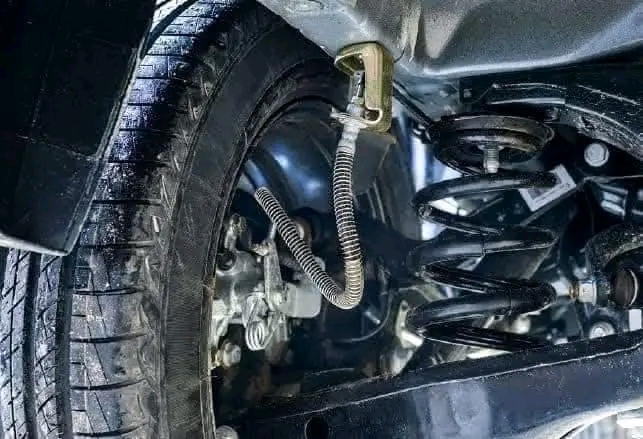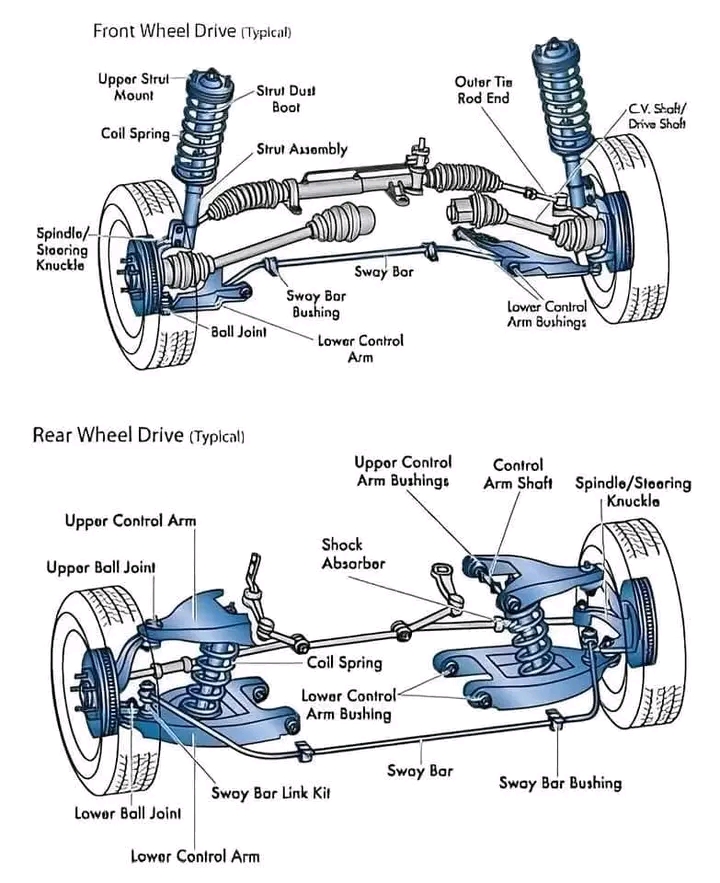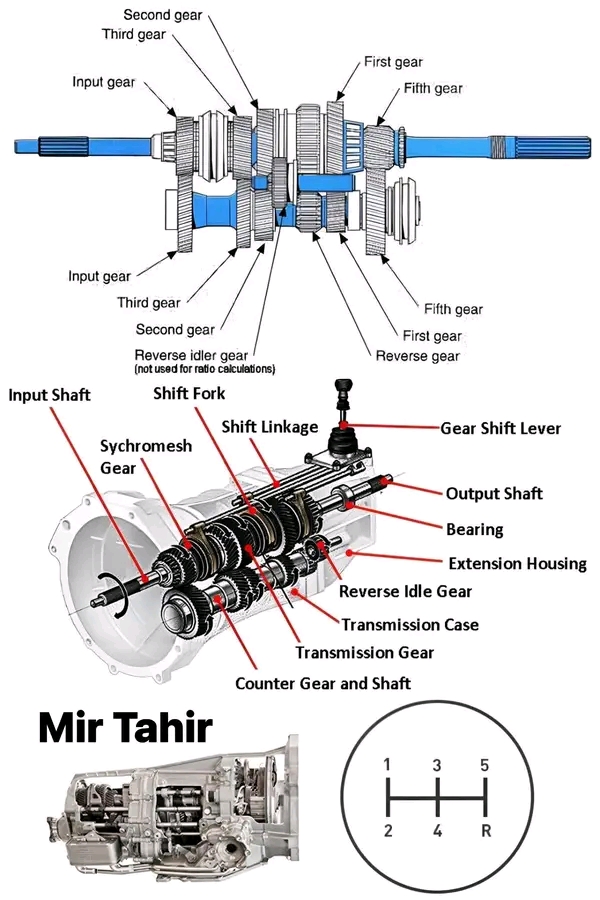*EXCERPTS OF THE AKWA IBOM STATE EXECUTIVE COUNCIL MEETING HELD ON WEDNESDAY, 26TH MARCH, 2025*
The meeting presided over by His Excellency, the Governor-in-Council, Pastor Umo Eno, and attended by the Deputy Governor, Sen. Akon Eyakenyi, Secretary to the State Government, Head of the Civil Service, the Executive Assistant/Chief Delivery Advisor, All Commissioners, and Special Advisers, commenced at about 12pm.
After extensive deliberations, some key resolutions reached were as follows:
1. The Executive Council ratified and approved the implementation of a modern City Bus transportation system for Uyo metropolis. The project will provide safe, reliable and eco-friendly bus service that will enhance public transportation and accessibility, while driving socioeconomic development to improve the quality of life for citizens.
2. Council also approved the refurbishment and renovation of the Ibom Hotels and Golf Resort, to restore its lost glory. This will involve a total overhaul of furniture, electrical, mechanical components of its appurtenances to give a completely new experience.
3. A request was also brought before Council for the extension of the Julius Berger contract for the maintenance of the Godswill Akpabio International Stadium to ensure the facility maintains its standard as Nigeria’s best and home for the Super Eagles.
4. The Executive Council reviewed the report brought before it on the status of the Eket International market and directed the Inter-ministerial Committee to thoroughly analyze the project, its status and all of the issues surrounding it and submit its report within one month to ensure that the project is brought alive in the interest of the people.
5. EXCO also considered and deliberated on ministerial reports from several ministries, to ensure their short term programmes and plans align with the ARISE Agenda and follow through implementation timelines.
6. Council also approved commencement of pensioners verification exercise from the 1st of April, 2025 so that the State can have a clean pensions record and continue the process of seamless payment of pensions to beneficiaries.
7. In line with the provisions of the Road Traffic Law, cap 115 of Akwa Ibom State 2001 and Akwa Ibom State Transport Regulation of 2022, the Executive Council considered the current menace and issues associated with motorcycles and tricycles operations in the State Capital and directed a strict implementation of the prohibition order on motorcycles in every part of Uyo metropolis.
On this, Council also reaffirmed the prohibition of tricycles in some sections of the metropolis, such as Wellington Bassey Way and four other roads including Abak road by Nsentip street up to Ibom Plaza, Aka road by Etuk Street before the plaza, Ikot Ekpene road by Udi street up to the plaza and Oron road by Okokon Etuk Street to the plaza area.
His Excellency, the Governor in Council has therefore directed the Ministries of Transportation; Internal Security and security agencies to ensure strict compliance to enable government curb criminality and the menace experienced lately.
8. Council also acknowledged the hosting of the Niger Delta Sports Festival in Uyo and commended the Niger Delta Development Commission for bringing the event to Akwa Ibom State, while calling on the people to come out en-masse and support the event to ensure success.
The meeting ended at about 6:30pm.
Rt. Hon. Aniekan Umanah
Commissioner for Information, AKS
26/03/2025
The meeting presided over by His Excellency, the Governor-in-Council, Pastor Umo Eno, and attended by the Deputy Governor, Sen. Akon Eyakenyi, Secretary to the State Government, Head of the Civil Service, the Executive Assistant/Chief Delivery Advisor, All Commissioners, and Special Advisers, commenced at about 12pm.
After extensive deliberations, some key resolutions reached were as follows:
1. The Executive Council ratified and approved the implementation of a modern City Bus transportation system for Uyo metropolis. The project will provide safe, reliable and eco-friendly bus service that will enhance public transportation and accessibility, while driving socioeconomic development to improve the quality of life for citizens.
2. Council also approved the refurbishment and renovation of the Ibom Hotels and Golf Resort, to restore its lost glory. This will involve a total overhaul of furniture, electrical, mechanical components of its appurtenances to give a completely new experience.
3. A request was also brought before Council for the extension of the Julius Berger contract for the maintenance of the Godswill Akpabio International Stadium to ensure the facility maintains its standard as Nigeria’s best and home for the Super Eagles.
4. The Executive Council reviewed the report brought before it on the status of the Eket International market and directed the Inter-ministerial Committee to thoroughly analyze the project, its status and all of the issues surrounding it and submit its report within one month to ensure that the project is brought alive in the interest of the people.
5. EXCO also considered and deliberated on ministerial reports from several ministries, to ensure their short term programmes and plans align with the ARISE Agenda and follow through implementation timelines.
6. Council also approved commencement of pensioners verification exercise from the 1st of April, 2025 so that the State can have a clean pensions record and continue the process of seamless payment of pensions to beneficiaries.
7. In line with the provisions of the Road Traffic Law, cap 115 of Akwa Ibom State 2001 and Akwa Ibom State Transport Regulation of 2022, the Executive Council considered the current menace and issues associated with motorcycles and tricycles operations in the State Capital and directed a strict implementation of the prohibition order on motorcycles in every part of Uyo metropolis.
On this, Council also reaffirmed the prohibition of tricycles in some sections of the metropolis, such as Wellington Bassey Way and four other roads including Abak road by Nsentip street up to Ibom Plaza, Aka road by Etuk Street before the plaza, Ikot Ekpene road by Udi street up to the plaza and Oron road by Okokon Etuk Street to the plaza area.
His Excellency, the Governor in Council has therefore directed the Ministries of Transportation; Internal Security and security agencies to ensure strict compliance to enable government curb criminality and the menace experienced lately.
8. Council also acknowledged the hosting of the Niger Delta Sports Festival in Uyo and commended the Niger Delta Development Commission for bringing the event to Akwa Ibom State, while calling on the people to come out en-masse and support the event to ensure success.
The meeting ended at about 6:30pm.
Rt. Hon. Aniekan Umanah
Commissioner for Information, AKS
26/03/2025
*EXCERPTS OF THE AKWA IBOM STATE EXECUTIVE COUNCIL MEETING HELD ON WEDNESDAY, 26TH MARCH, 2025*
The meeting presided over by His Excellency, the Governor-in-Council, Pastor Umo Eno, and attended by the Deputy Governor, Sen. Akon Eyakenyi, Secretary to the State Government, Head of the Civil Service, the Executive Assistant/Chief Delivery Advisor, All Commissioners, and Special Advisers, commenced at about 12pm.
After extensive deliberations, some key resolutions reached were as follows:
1. The Executive Council ratified and approved the implementation of a modern City Bus transportation system for Uyo metropolis. The project will provide safe, reliable and eco-friendly bus service that will enhance public transportation and accessibility, while driving socioeconomic development to improve the quality of life for citizens.
2. Council also approved the refurbishment and renovation of the Ibom Hotels and Golf Resort, to restore its lost glory. This will involve a total overhaul of furniture, electrical, mechanical components of its appurtenances to give a completely new experience.
3. A request was also brought before Council for the extension of the Julius Berger contract for the maintenance of the Godswill Akpabio International Stadium to ensure the facility maintains its standard as Nigeria’s best and home for the Super Eagles.
4. The Executive Council reviewed the report brought before it on the status of the Eket International market and directed the Inter-ministerial Committee to thoroughly analyze the project, its status and all of the issues surrounding it and submit its report within one month to ensure that the project is brought alive in the interest of the people.
5. EXCO also considered and deliberated on ministerial reports from several ministries, to ensure their short term programmes and plans align with the ARISE Agenda and follow through implementation timelines.
6. Council also approved commencement of pensioners verification exercise from the 1st of April, 2025 so that the State can have a clean pensions record and continue the process of seamless payment of pensions to beneficiaries.
7. In line with the provisions of the Road Traffic Law, cap 115 of Akwa Ibom State 2001 and Akwa Ibom State Transport Regulation of 2022, the Executive Council considered the current menace and issues associated with motorcycles and tricycles operations in the State Capital and directed a strict implementation of the prohibition order on motorcycles in every part of Uyo metropolis.
On this, Council also reaffirmed the prohibition of tricycles in some sections of the metropolis, such as Wellington Bassey Way and four other roads including Abak road by Nsentip street up to Ibom Plaza, Aka road by Etuk Street before the plaza, Ikot Ekpene road by Udi street up to the plaza and Oron road by Okokon Etuk Street to the plaza area.
His Excellency, the Governor in Council has therefore directed the Ministries of Transportation; Internal Security and security agencies to ensure strict compliance to enable government curb criminality and the menace experienced lately.
8. Council also acknowledged the hosting of the Niger Delta Sports Festival in Uyo and commended the Niger Delta Development Commission for bringing the event to Akwa Ibom State, while calling on the people to come out en-masse and support the event to ensure success.
The meeting ended at about 6:30pm.
Rt. Hon. Aniekan Umanah
Commissioner for Information, AKS
26/03/2025
0 Comments
·0 Shares
·0 Reviews







